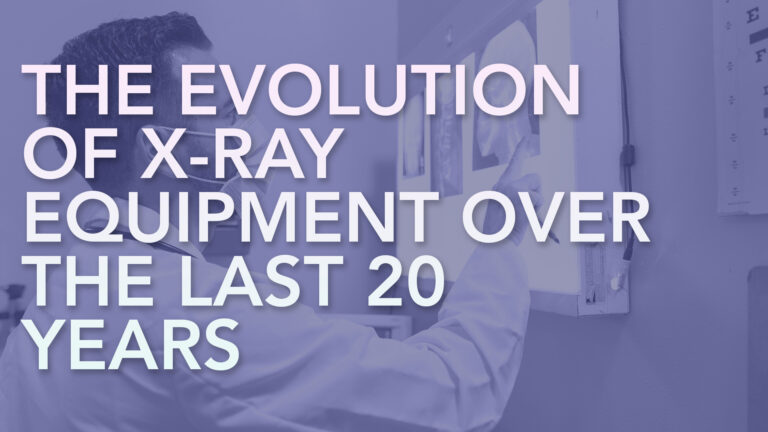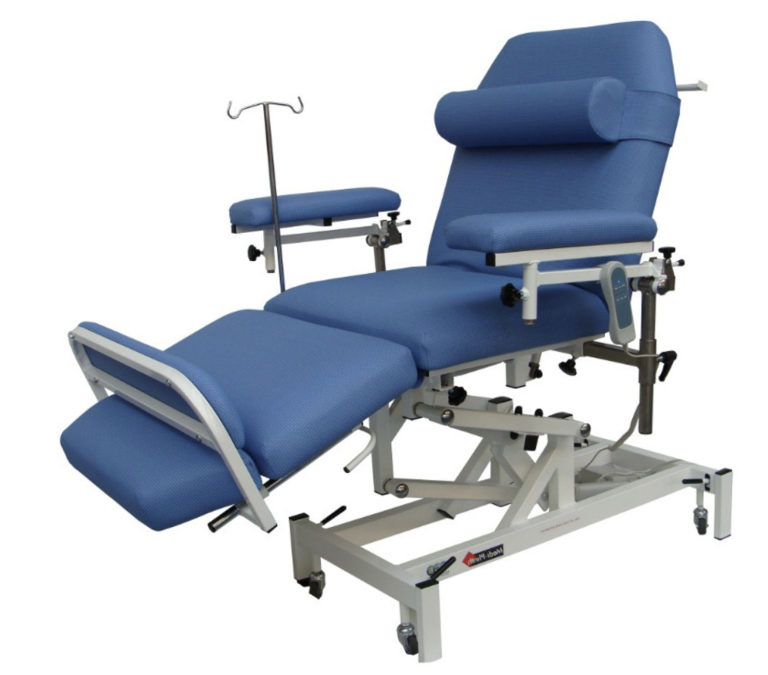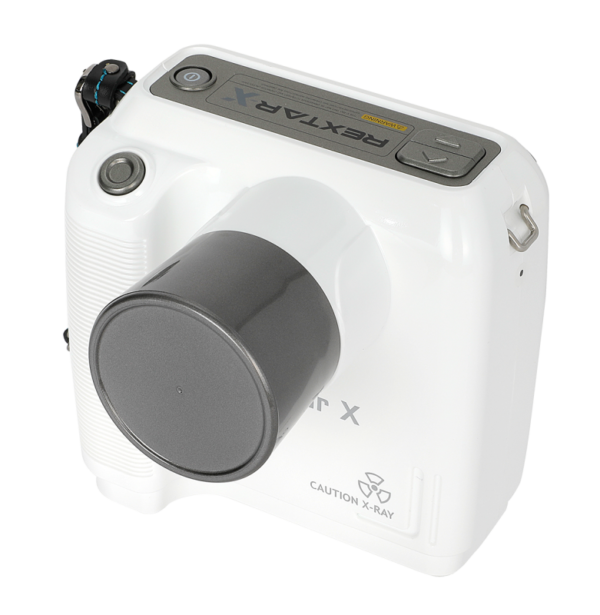The Evolution Of X-Ray Equipment Over The Last 20 Years
The past two decades have seen extraordinary advancements in X-ray technology, profoundly transforming how medical imaging is conducted. From the digitization of radiography to the integration of artificial intelligence, these developments have enhanced the accuracy, safety, and accessibility of X-ray machines, revolutionising the diagnostic process and improving patient care across the globe. In this post, we’ll explore the key milestones in the evolution of X-ray machines over the last 20 years.
The Shift from Analog to Digital Radiography
One of the most transformative changes in X-ray technology over the past 20 years has been the shift from analog film-based systems to digital radiography (DR). Traditional X-ray machines relied on photographic film to capture images, a process that was time-consuming and required chemical processing. Not only was this method slow, but it also posed challenges in terms of image quality, storage, and retrieval.
The introduction of digital radiography in the early 2000s marked a significant leap forward. Digital systems capture X-ray images electronically, allowing for immediate viewing and analysis. This shift to digital has several critical advantages:
- Faster Results: Digital X-rays can be viewed almost instantly, significantly reducing the time between image capture and diagnosis.
- Enhanced Image Quality: Digital images can be manipulated, such as adjusting contrast or zooming in, enabling more accurate diagnoses by highlighting subtle details that might be missed on film.
- Efficient Storage and Sharing: Digital images can be stored electronically and easily shared with other healthcare providers, facilitating better collaboration and continuity of care.
- Environmental Impact: The move away from chemical film processing has reduced the environmental footprint of X-ray imaging.
Digital radiography has not only streamlined the workflow in medical imaging but also laid the foundation for further innovations in X-ray technology. Check out the Arcoma Precision i5 Digital X-Ray System.
Advancements in Image Processing and Artificial Intelligence
As digital radiography became the standard, the next wave of innovation came from the integration of advanced image processing techniques and artificial intelligence (AI). These technologies have dramatically enhanced the capabilities of X-ray machines, making them more powerful diagnostic tools.
AI and machine learning algorithms have been developed to assist radiologists in analysing X-ray images. These systems can detect patterns and anomalies that may be indicative of various medical conditions, often with a higher degree of accuracy than the human eye alone. For example, AI can identify early signs of diseases such as pneumonia, fractures, or even certain types of cancer, allowing for earlier intervention and better patient outcomes.
Moreover, AI-powered X-ray systems can prioritize cases based on urgency, ensuring that the most critical patients receive prompt attention. This capability is particularly valuable in busy healthcare settings, where timely diagnosis and treatment are essential.
Another significant development is the use of AI to optimize radiation doses. Traditional X-ray imaging often required higher levels of radiation to produce clear images, raising concerns about patient safety. However, AI-driven image processing can enhance image quality even at lower radiation doses, reducing the overall exposure to harmful radiation while still providing high-quality diagnostic images.
The Rise of Portable X-Ray Machines
Another remarkable advancement in X-ray technology is the development of portable X-ray machines. These devices have become increasingly popular, particularly in settings where traditional, stationary X-ray equipment is impractical.
Portable X-ray machines are compact, lightweight, and can be easily transported to various locations, such as patients’ homes, nursing facilities, or remote areas. This portability is especially crucial in emergency situations, where immediate imaging is required to make life-saving decisions. Portable X-ray units were also invaluable during the COVID-19 pandemic, enabling medical teams to perform chest X-rays at the bedside without moving patients to radiology departments, thereby reducing the risk of virus transmission.
The advent of wireless technology has further enhanced the utility of portable X-ray machines. Images can be transmitted instantly to a central database or directly to a specialist for immediate review, facilitating quicker diagnoses and treatment decisions.
We offer a range of portable X-Ray solutions from The M1 Mobile X-Ray Unit to MEX Portable X-Ray Generators.
Future Trends and Considerations
Looking forward, the future of X-ray technology promises even more innovations. Current research is focused on improving 3D imaging capabilities, such as with cone-beam computed tomography (CBCT), which allows for more detailed and accurate imaging in three dimensions. Additionally, advancements in AI will likely continue to enhance the diagnostic power of X-ray machines, potentially enabling fully automated preliminary assessments of X-ray images.
Moreover, as the demand for portable and mobile imaging grows, we can expect to see further miniaturization and enhanced functionality in portable X-ray devices, making high-quality imaging accessible in even the most challenging environments.
Conclusion
The last 20 years have brought about significant advancements in X-ray technology, from the transition to digital radiography and the integration of AI to the development of portable machines. These innovations have improved the quality of medical imaging, reduced the risks associated with radiation exposure, and made diagnostic tools more accessible than ever before. As technology continues to evolve, the future of X-ray imaging looks poised to offer even more ground breaking developments that will further enhance patient care and medical outcomes.
Visit the WOLVERSON X-RAY LTD website for more information on The Evolution Of X-Ray Equipment Over The Last 20 Years





